2 March 2023
Although I like traveling to places closer to nature, I can't deny the fact that Hong Kong cities have something to offer and have a lot of beautiful attractions. The skyscrapers and architectures are top-notched and amazing. I also like visiting the oldest landmarks as I am fascinated by their architectural designs and their historical facts. There are only a few remaining oldest buildings here in Hong Kong and one of those is the 1881 Heritage in Tsim Sha Tsui.
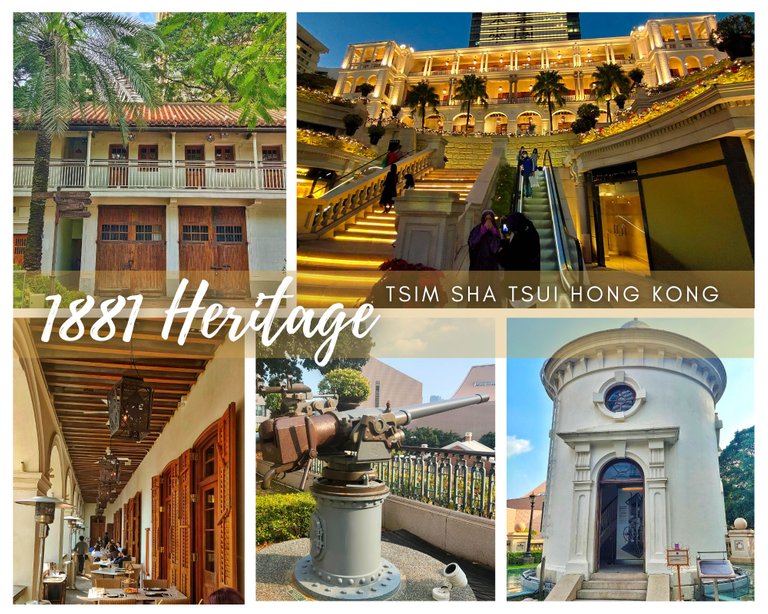
Created in Canva
(The collections of photos posted here were taken last December and last weekend)
I've been to this place several times and usually every Christmas season and Chinese New Year because of its amazing outdoor installations. However, even without any outdoor installations and decorations, you would certainly love the place. Just the entrance of this place is already commendable.
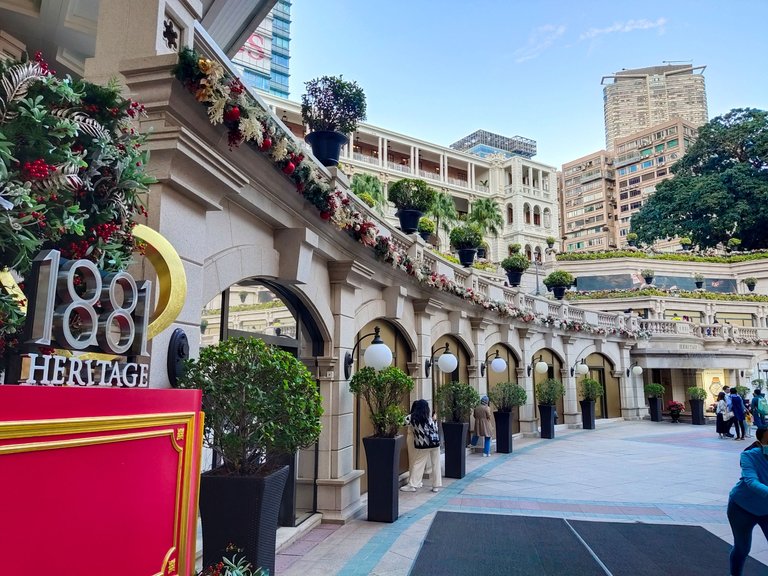
This stunning landmark was completed 139 years ago and built as the former Marine Police Headquarters Compound in the 1900s. By that time, the building was only two stories but was later renovated and added an extra storey. It is also said that the compound was used as a base by the Japanese Navy in the 1940s. There was a tunnel created beneath the lawn but was blocked after World War II.
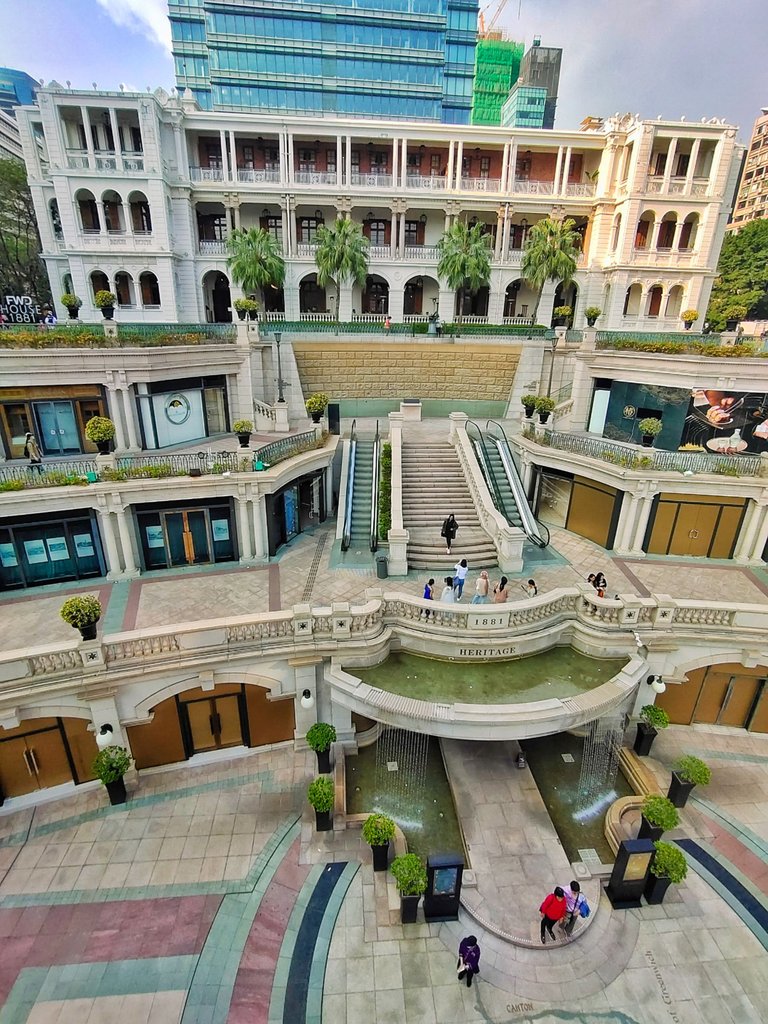
It was redeveloped in 2002 retaining the concept of the former headquarters compound, but a year after, a subsidiary of a certain company won a land grant and it was redeveloped again into a heritage hotel.
Source of information
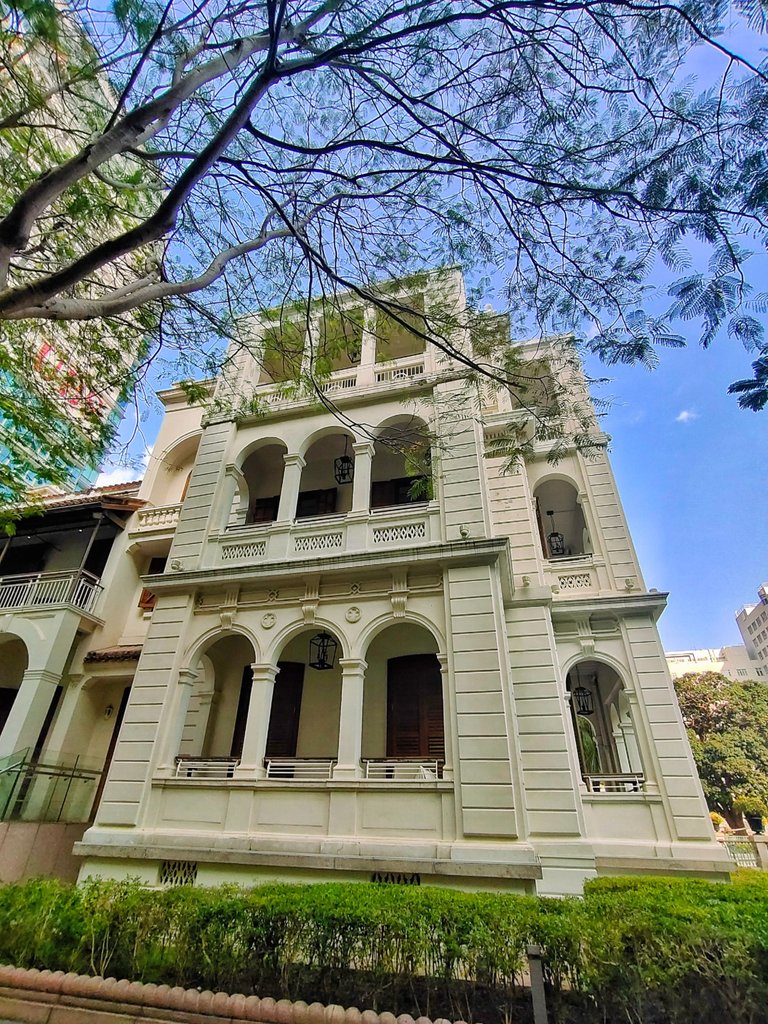
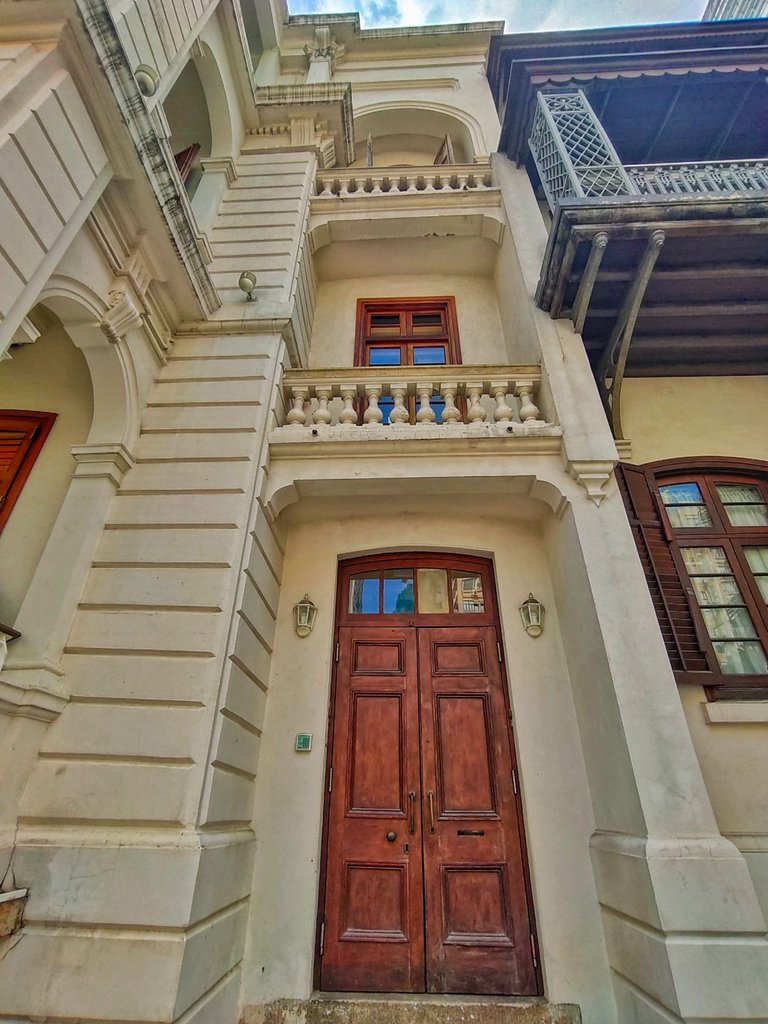
The night is the best time to visit this place. As I mentioned above, I've been to this place several times and each time I passed by here, I couldn't keep myself from taking at least one shot. As the sky turns dark and the lights are on is another beauty to behold revealing the elegant 1881 Heritage in its neoclassical architecture.
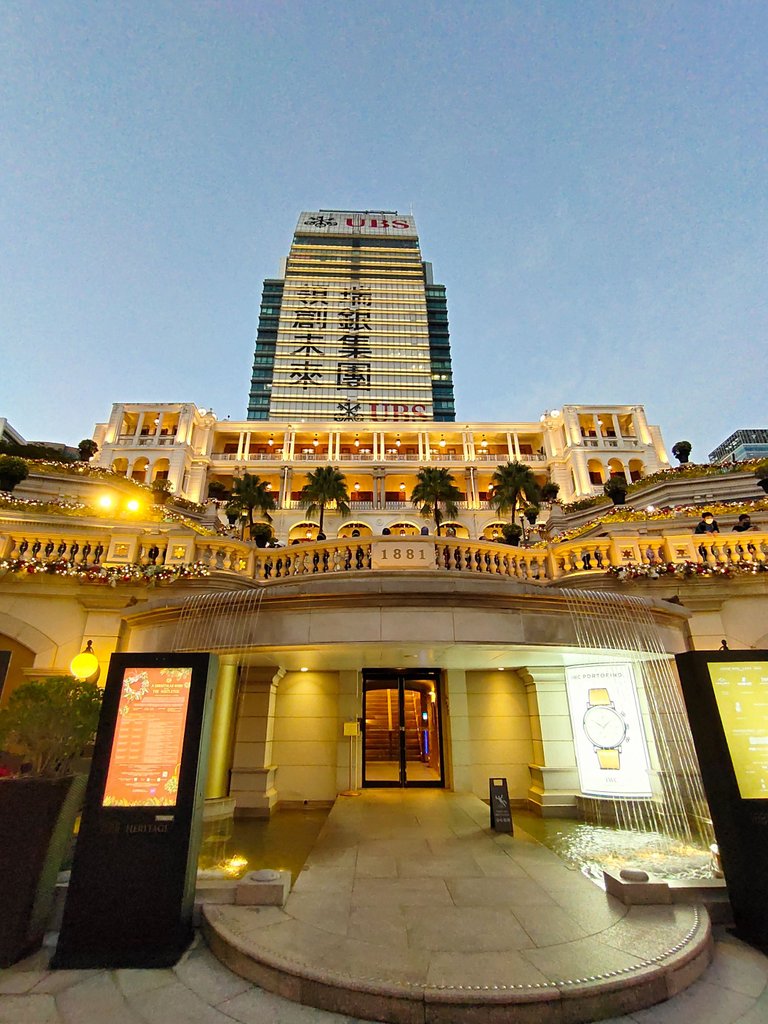
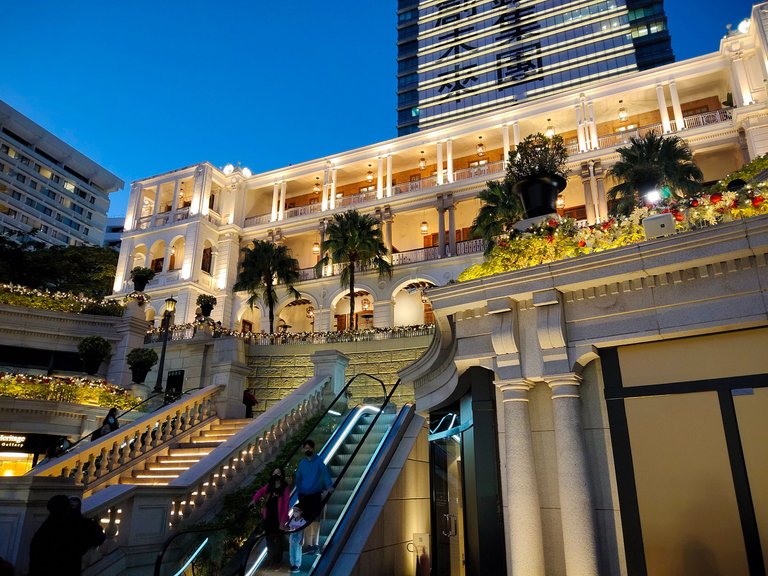
This 139-year-old historic landmark has been transformed and houses a luxurious hotel, branded shops, and fine dining restaurants and bars while preserving the historic cultural elements. This now serves as HK's cultural and shopping center.
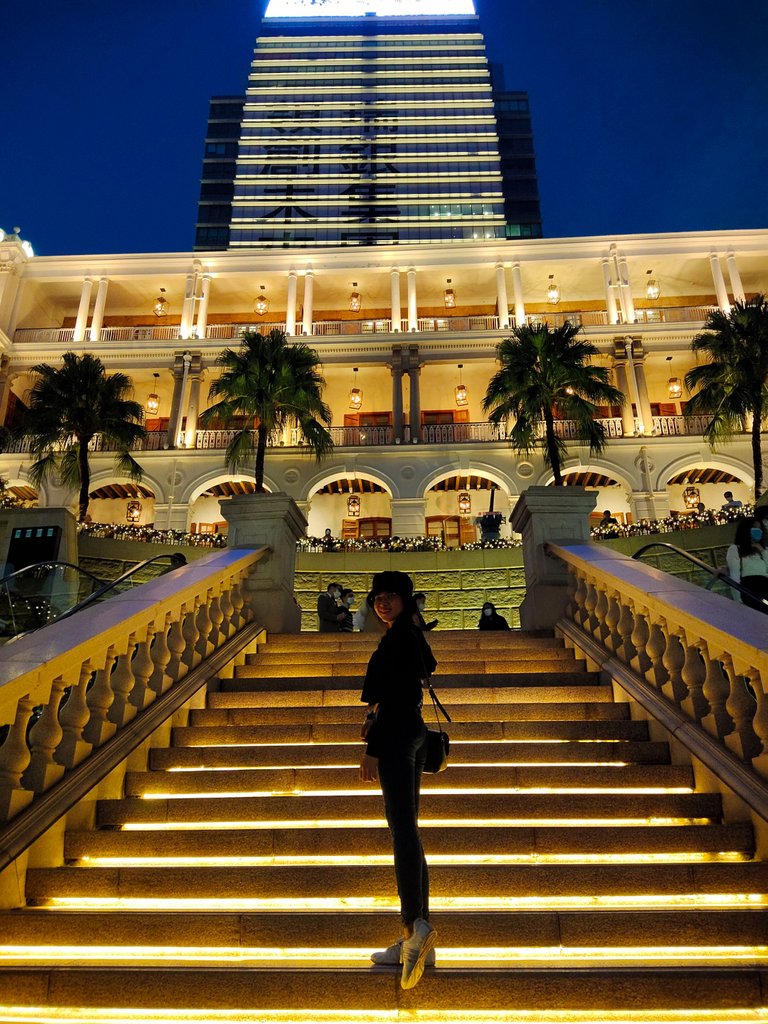
While looking at this photo below, I felt like I wasn't in Hong Kong but in the Middle East with those people in the background wearing traditional dresses. They are probably Indonesians.
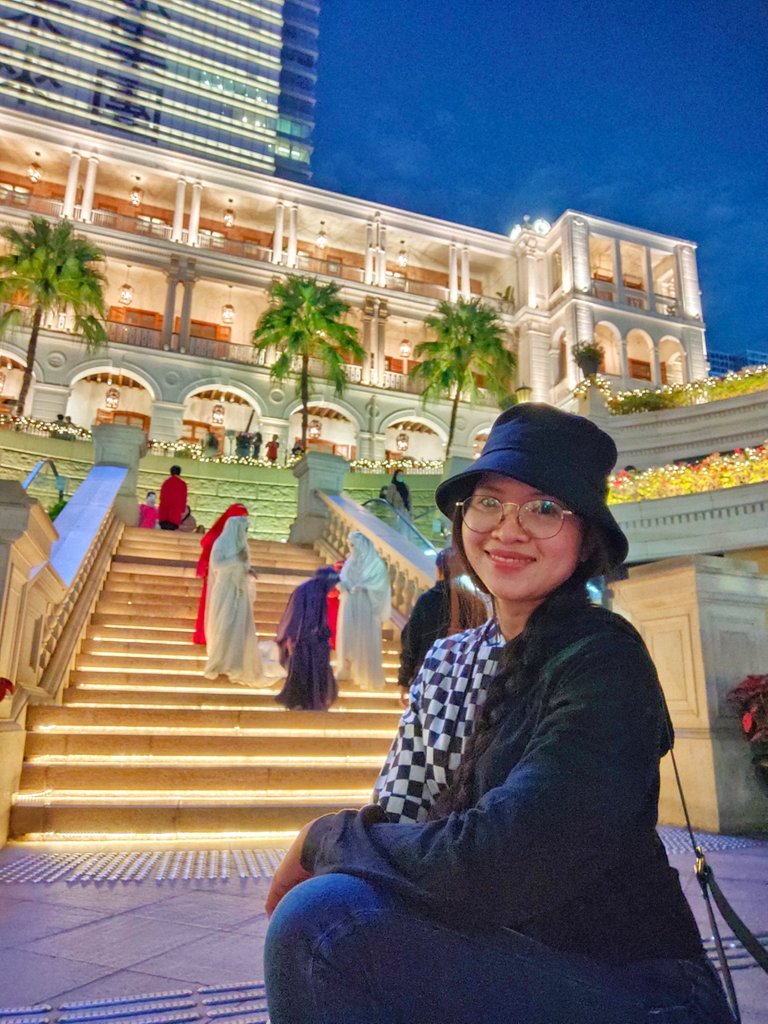
Just on the right side of the entranceway is the Old Kowloon Fire Station which was renovated and now houses an optical shop and others.


The back part of the shop.
 | 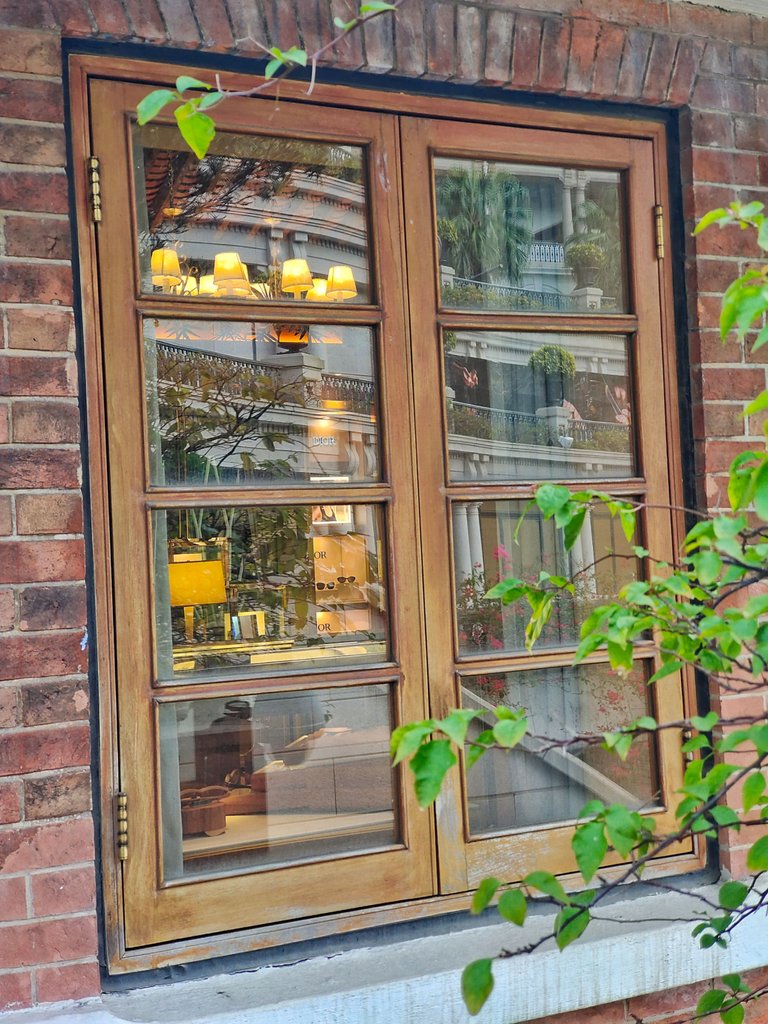 |
|---|
On the left is a massive structure with a spiral staircase going up to the Time Ball.
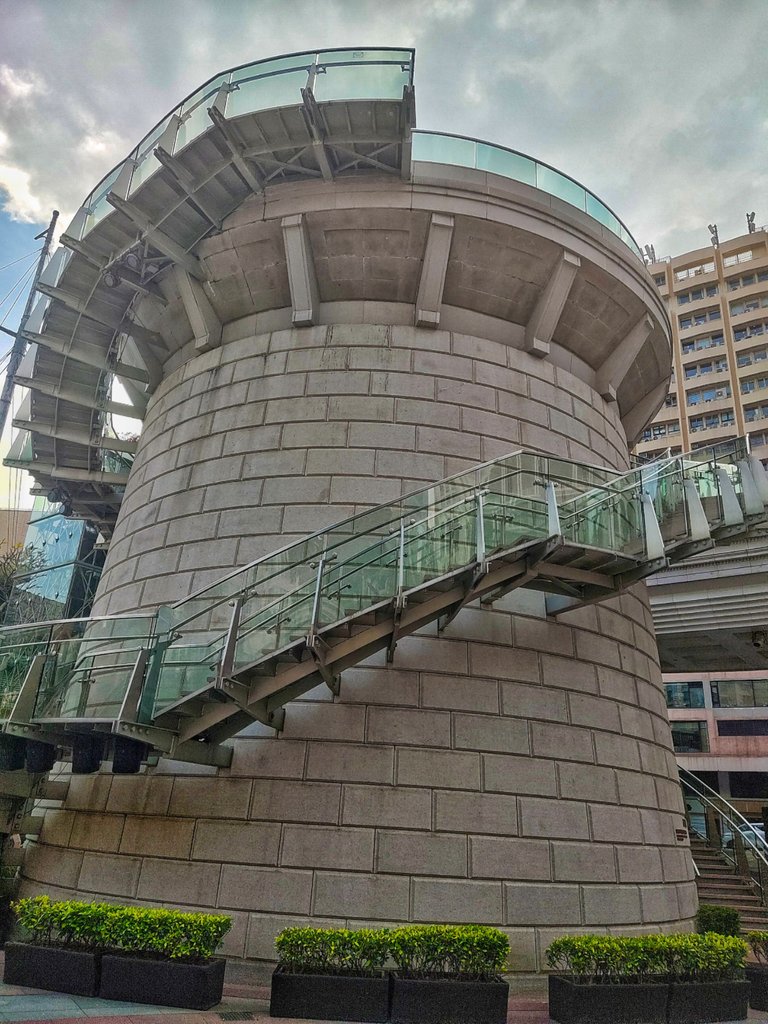
The Time Ball also called Signal Tower was completed in 1884 coinciding with the establishment of GMT (Greenwich Mean Time). This provided time signals to ships in the harbor and was vital to the marine community and trading vessels.

On top of the tower mounted a six-foot diameter time ball which was vital to the marine community. Back in the time, the time ball will be manually hoisted in the morning which has a full view of the harbor and is visible to ships. At exactly 1 in the afternoon, the ball will drop which signals the ships to recalibrate their chronometers and just one error would result in ships getting lost in the sea.
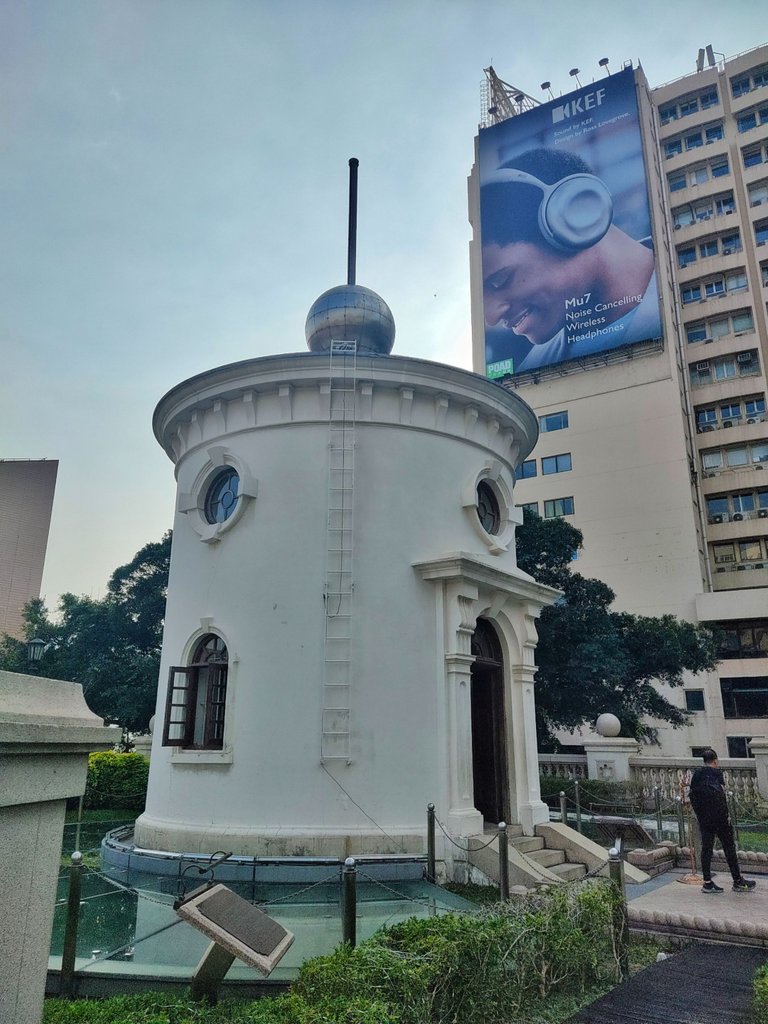
Its historic mission ended in 1907. It was restored in 2010 and become one of the attractions in the place. The reconstructed time ball mechanism is preserved on the upper floor concerning historic documentation of the original.
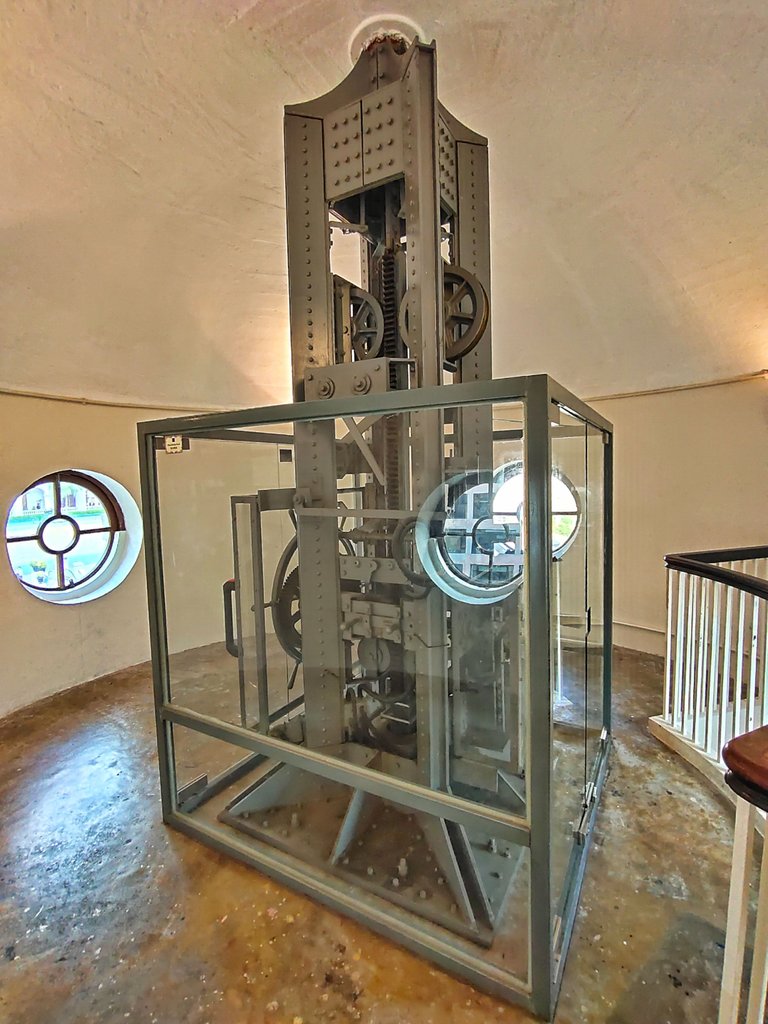
You can read more information about this place here.
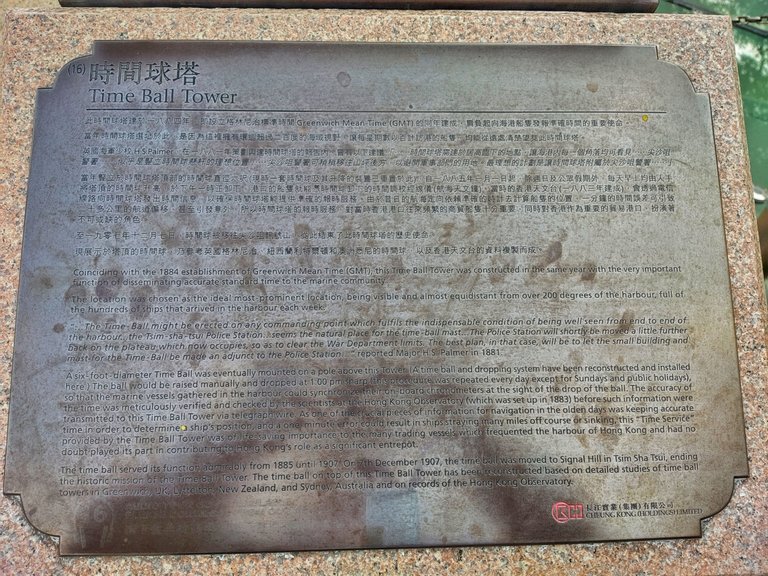
Meanwhile, on the right side of it is a replica of Signal Mast. Hong Kong is located in Asia and is prone to typhoons. The Signal Mast provides information on the typhoon severity, location, and direction to the marine community.
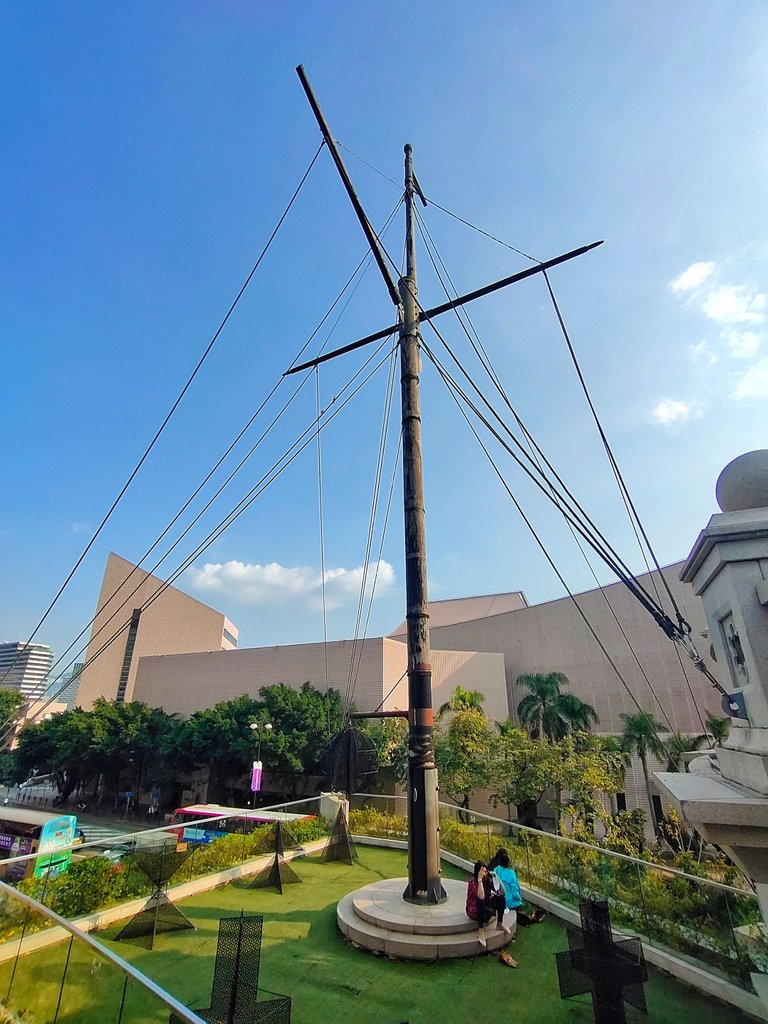
Below the mast are replicas of the tropical cyclone warning signals used before 1920.
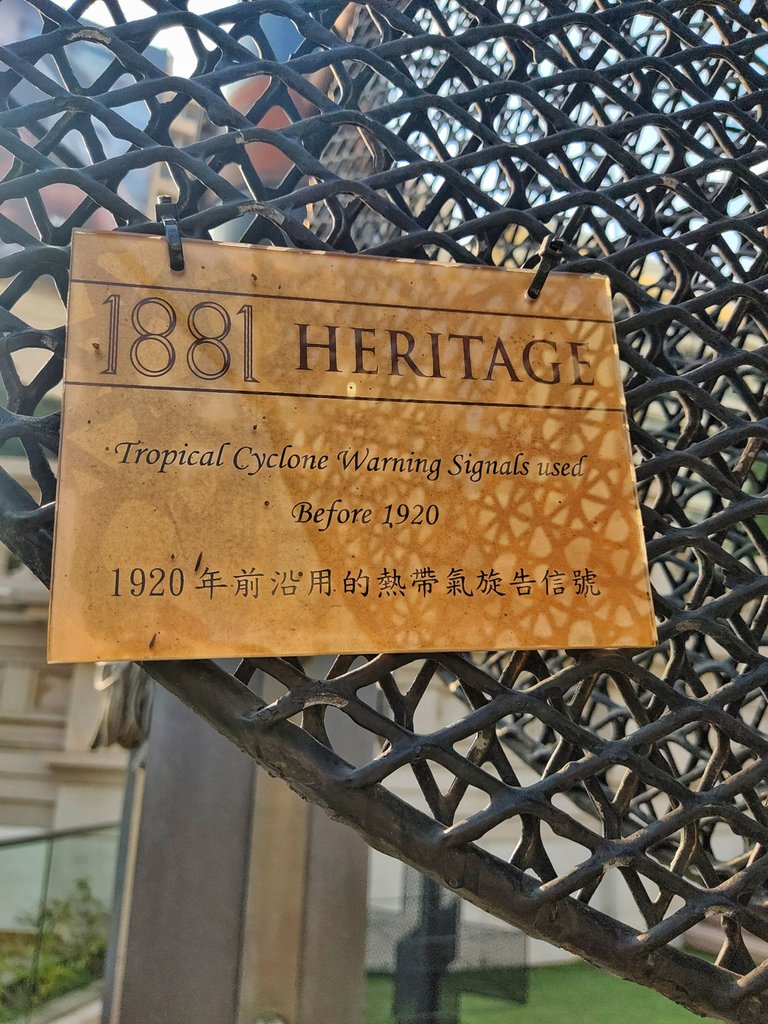
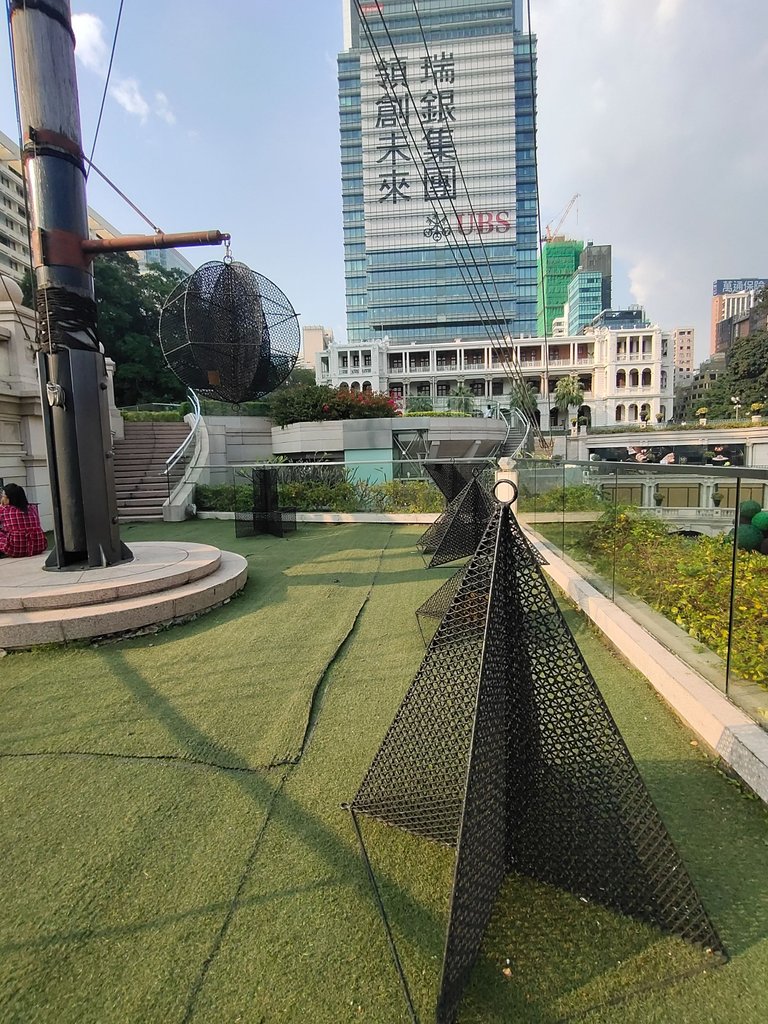
Aside from Time Ball and Signal Mast, another historically significant preserved in the place are the Artillery batteries located in front of the FWD House facing the harbor.
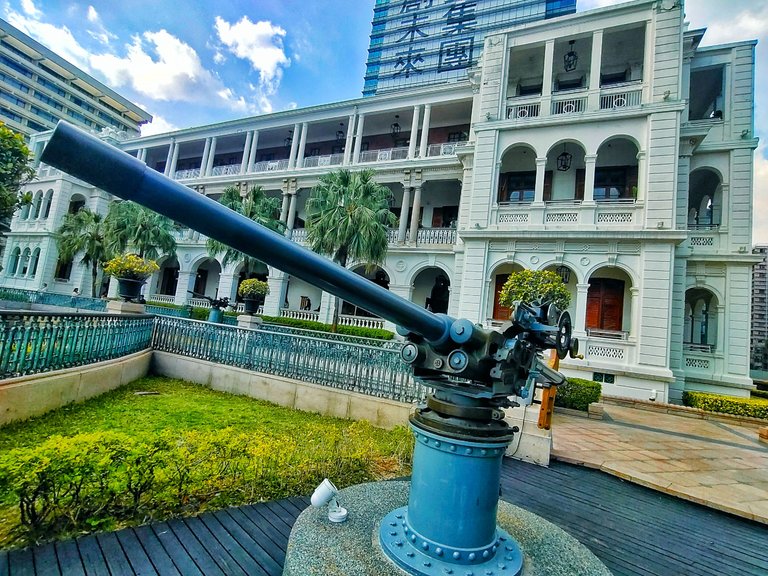
These were used to facilitate better communication and command on the battlefield back in time. There are two Artillery batteries in this place.
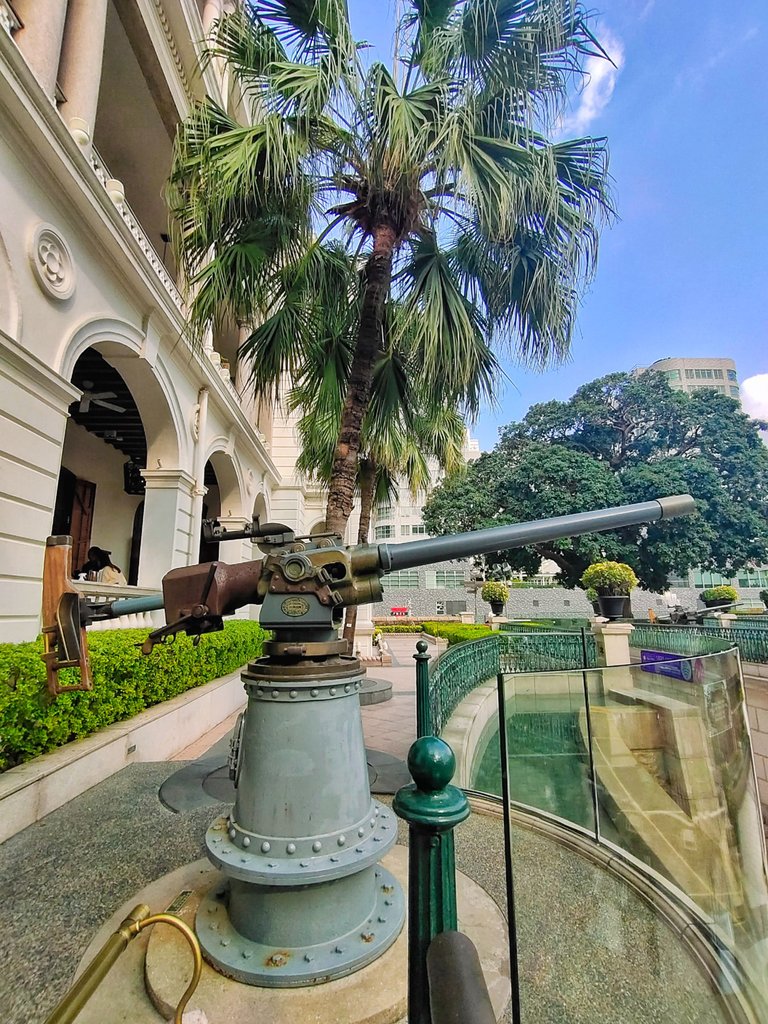 | 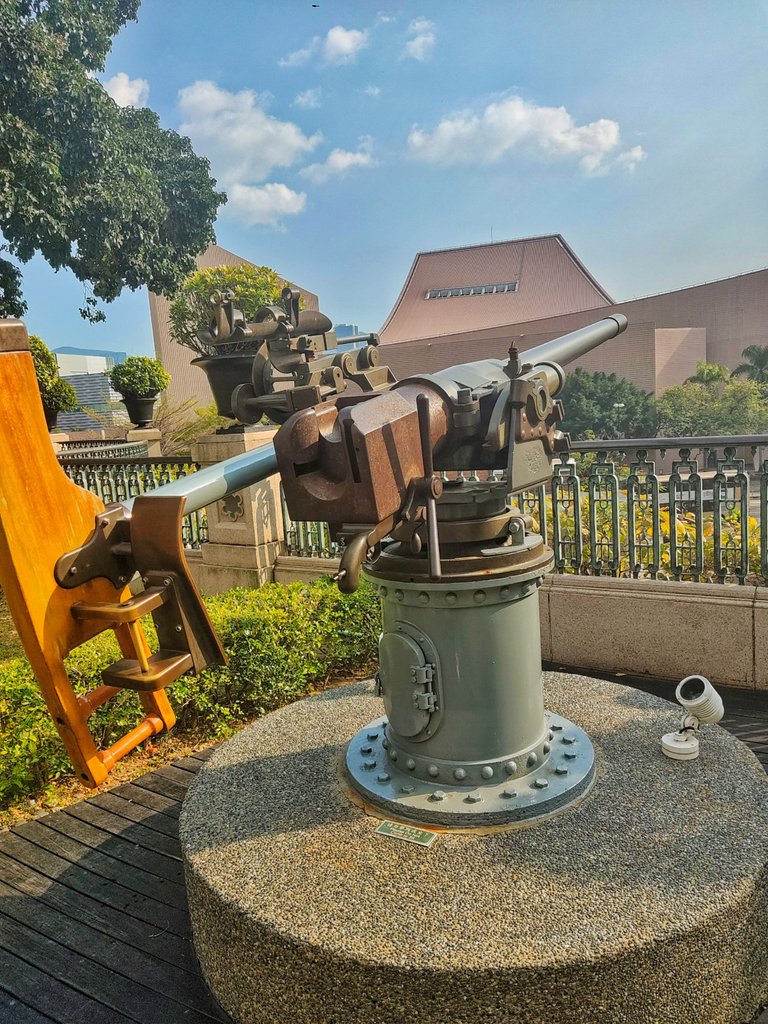 |
|---|
The 1881 Heritage is now being leased by the FWD subsidiary company which renovated the house into a hotel. It was named FWD House 1881 which was formerly known as Hullet House Hotel. It's a luxurious hotel in neoclassical architecture with ten unique suites and five fine-dining restaurants and a bar.
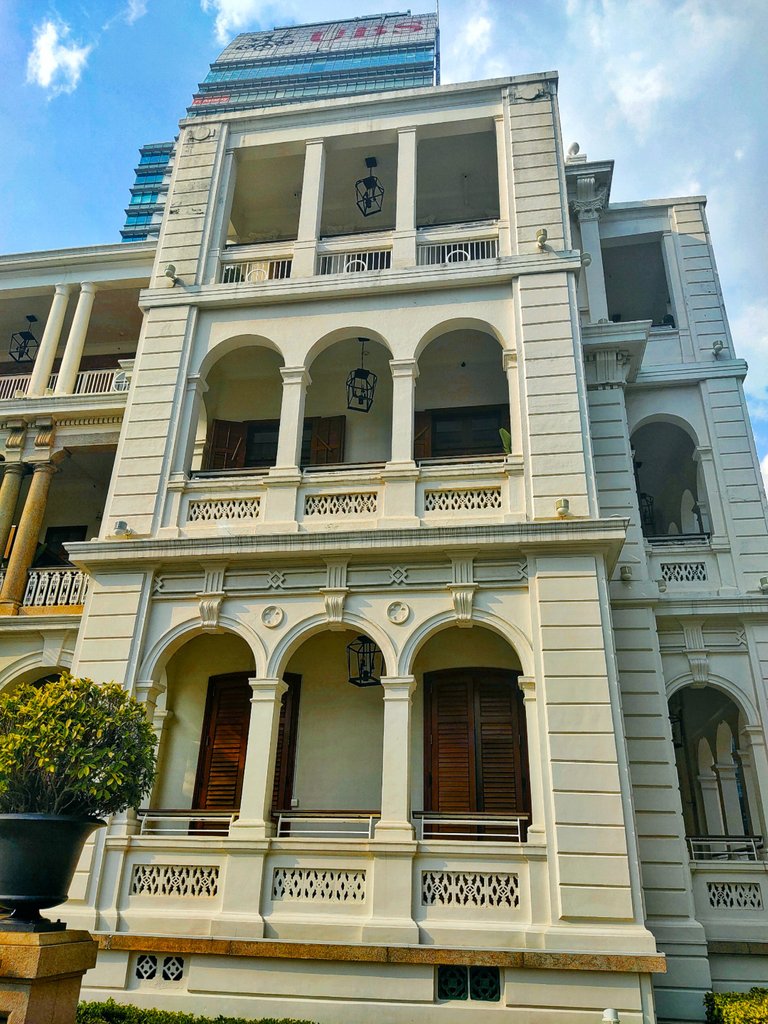
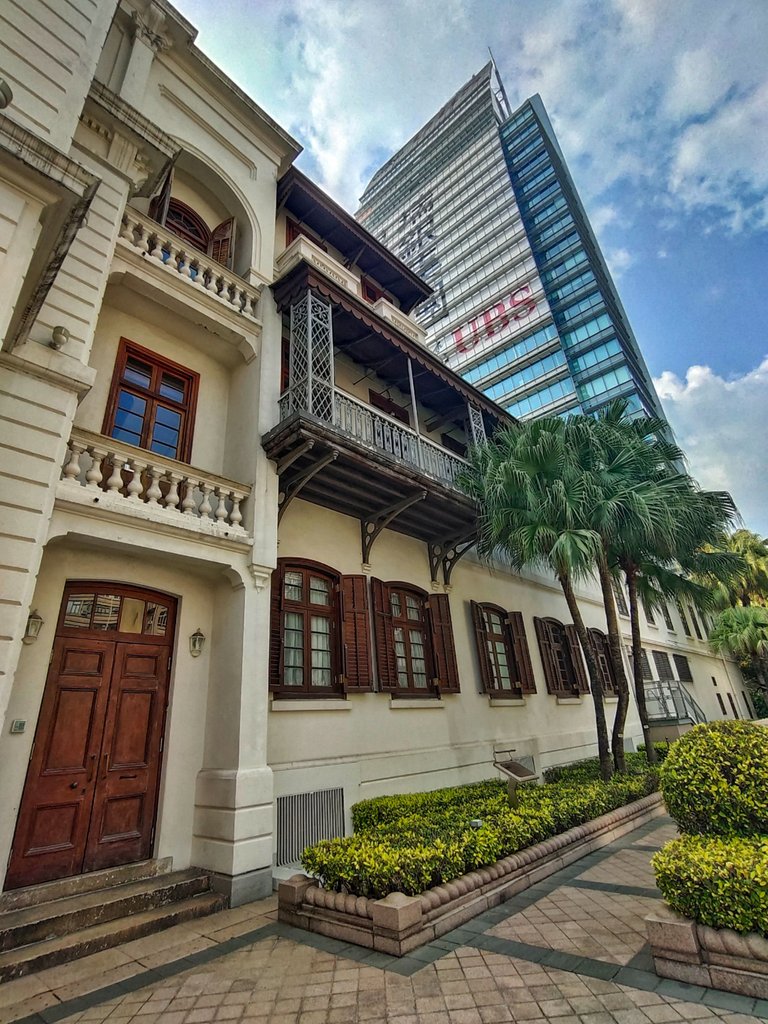
The house corridor serves as the alfresco dining area which offers a great view of the Cultural Center and the harbor.
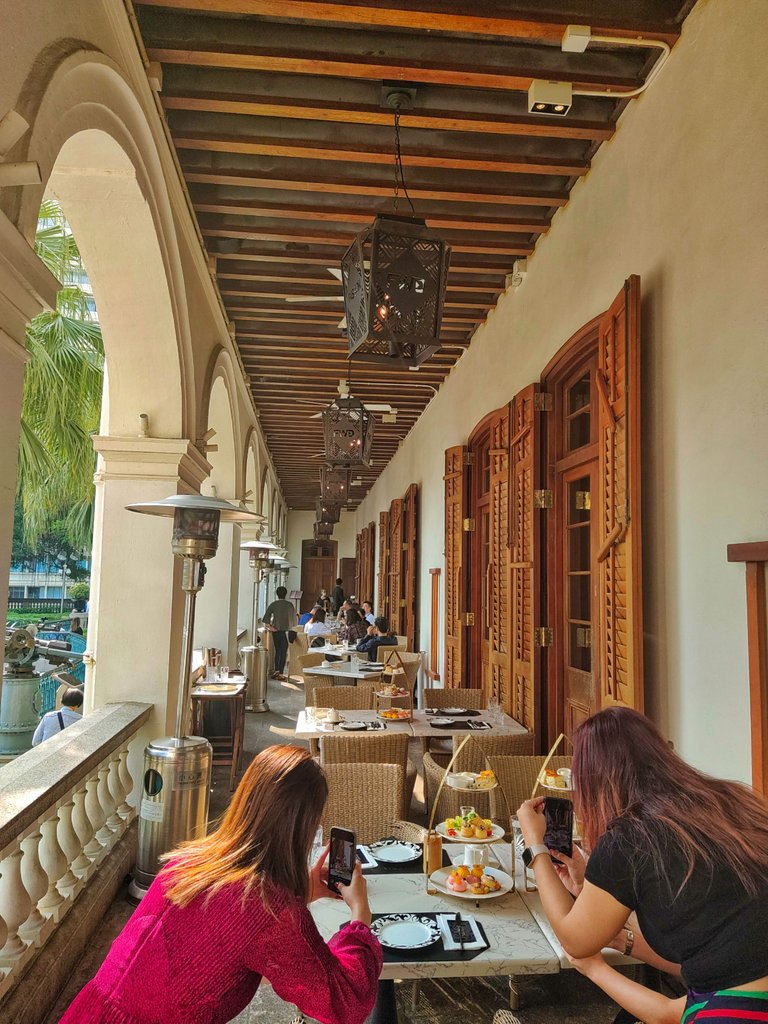
The entranceway to the other parts of the hotel. The public can enter this place but is only limited to a few parts. Some fine dining restaurants and a bar are also located in this house.
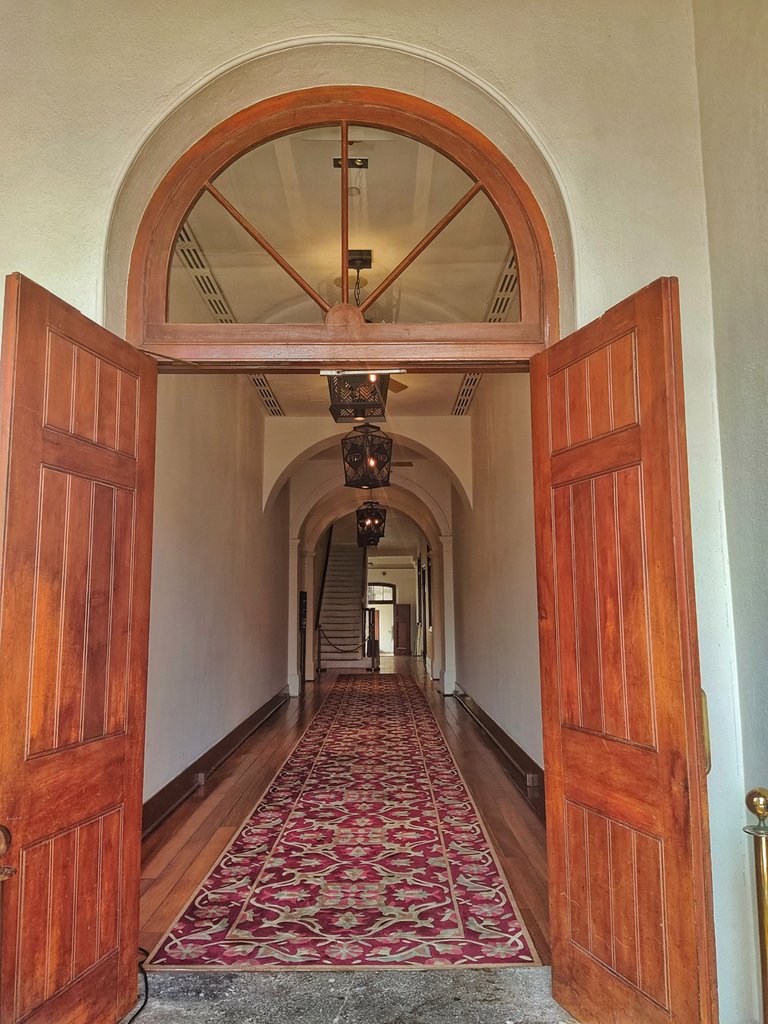
One of those is The Cell. This place was the former jail cell where pirates and smugglers were held which is now a bar that serves different cocktail menus.
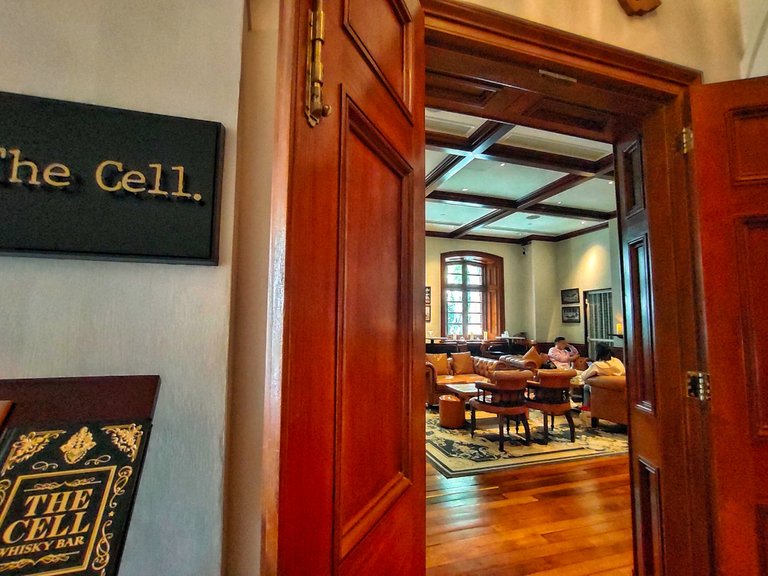
At the back of the hotel is The Araki. This was the former stable block that houses horses back in the time, and when motor vehicles were introduced to the market, the stable block was transformed into garages which is now a Japanese sushi restaurant.

It was closed when I visited the place. From the name itself, you can tell that it's a Japanese name. This is just one of those fine dining and this is where you can find the world-renowned style of sushi from one of the best chefs, Mitsuhiro Araki, who has 3 Michelin stars.
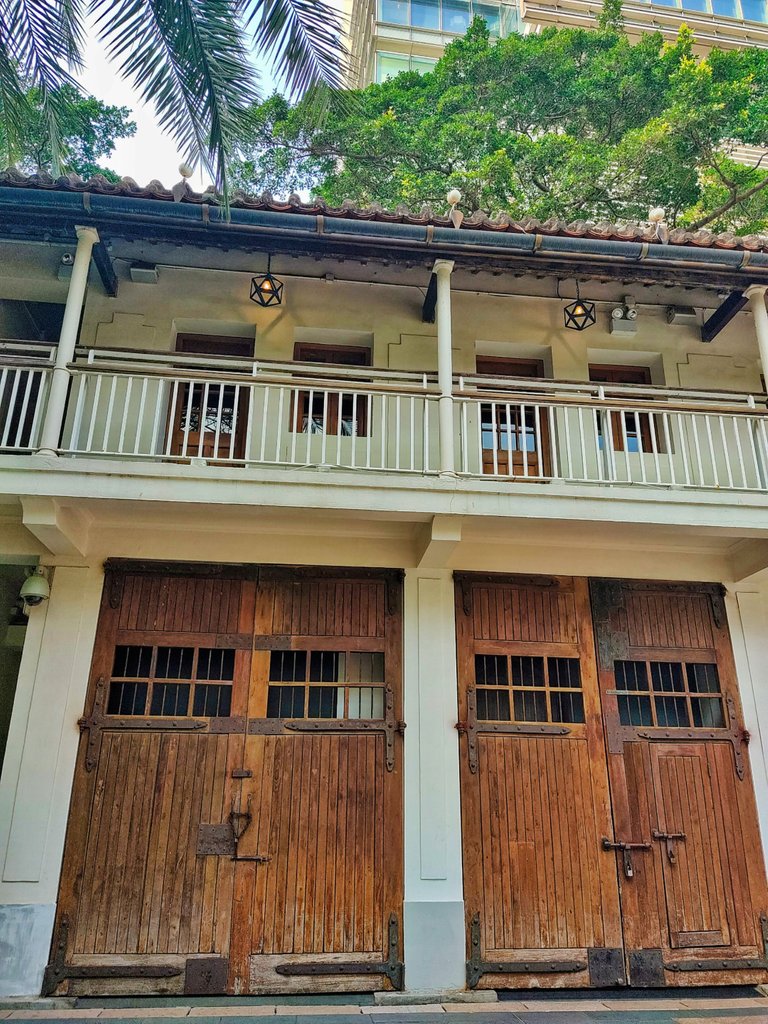
To see more of the fine dining restaurants in this house, you can visit my Liketu post about it.
This house looks prettier and more elegant at night.
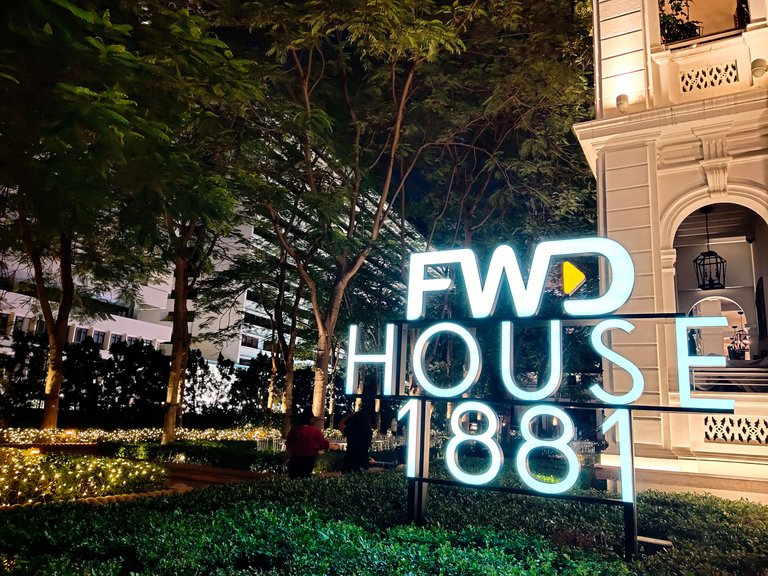
The historic courtyard is now a sophisticated outdoor dining which looks fantastic at night in those glimmering lights. As part of the objective of the house, they want to provide customers with unique, interactive, and worth-the-cost experiences.
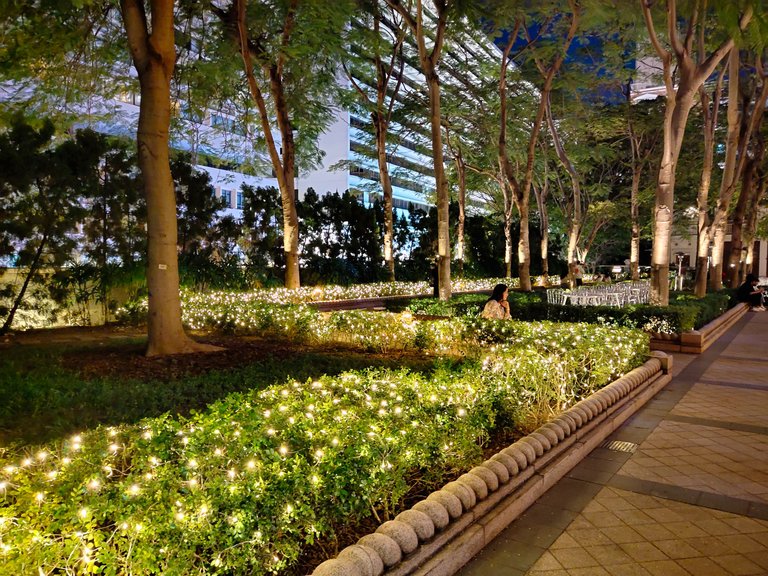
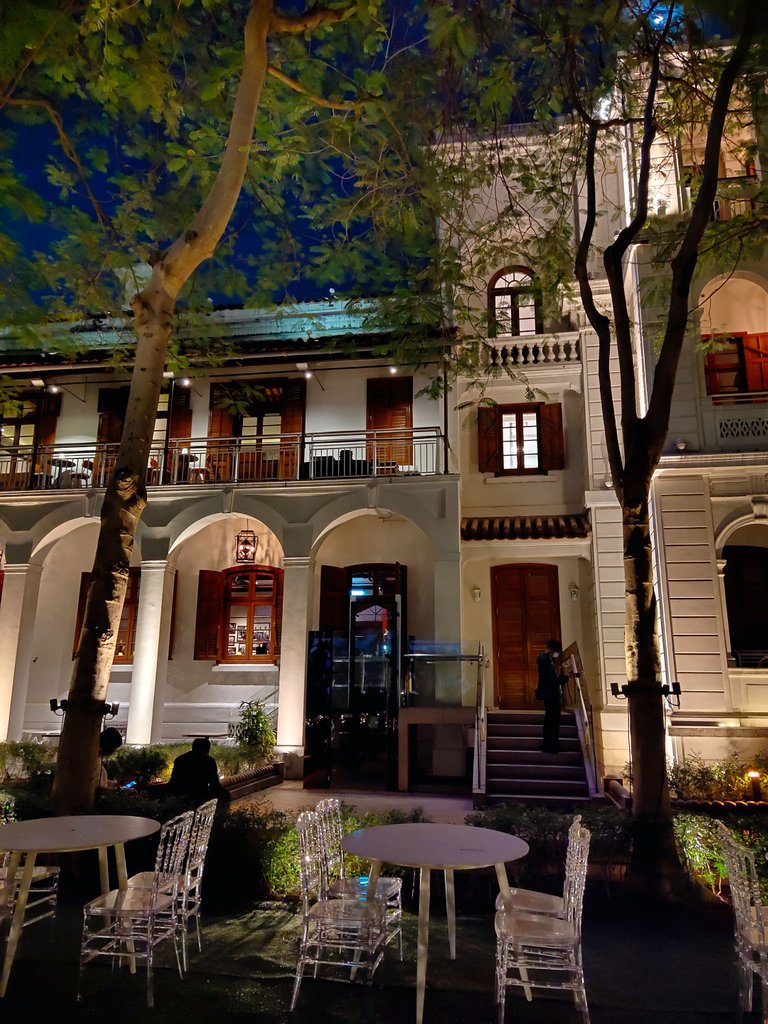

Seeing the exterior designs, made me want to see the unique interior theme in each suite and other restaurants. It's definitely a perfect place to dine at night in the garden. The garden is also suited for wedding receptions, different photoshoots, and other events.
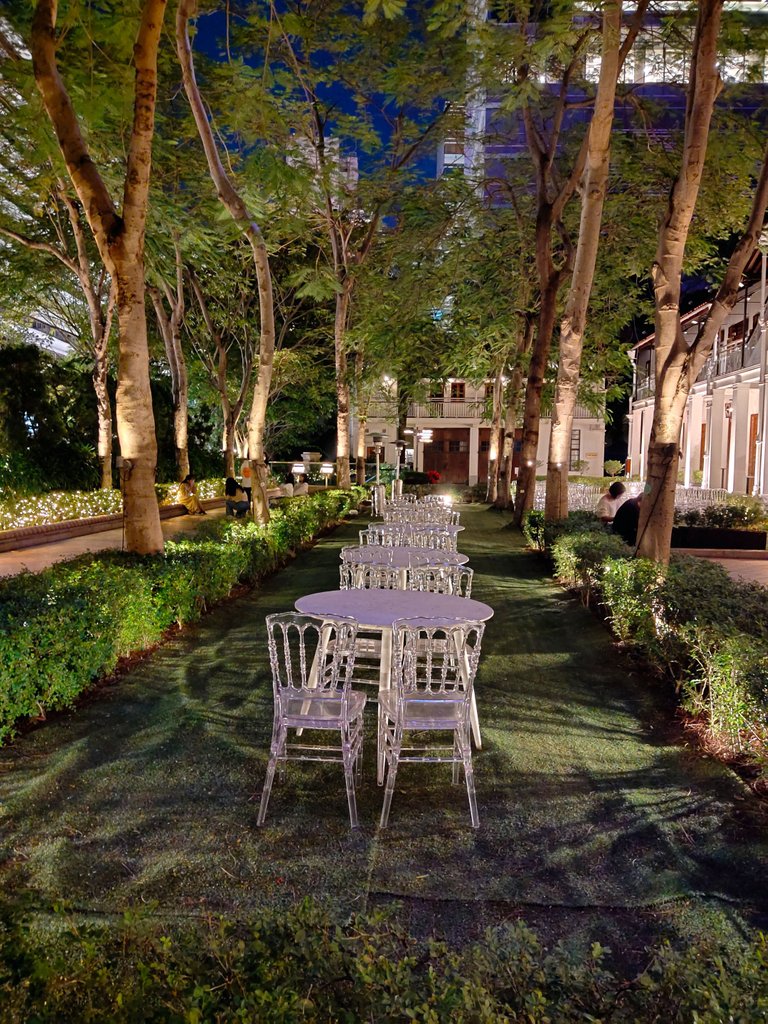
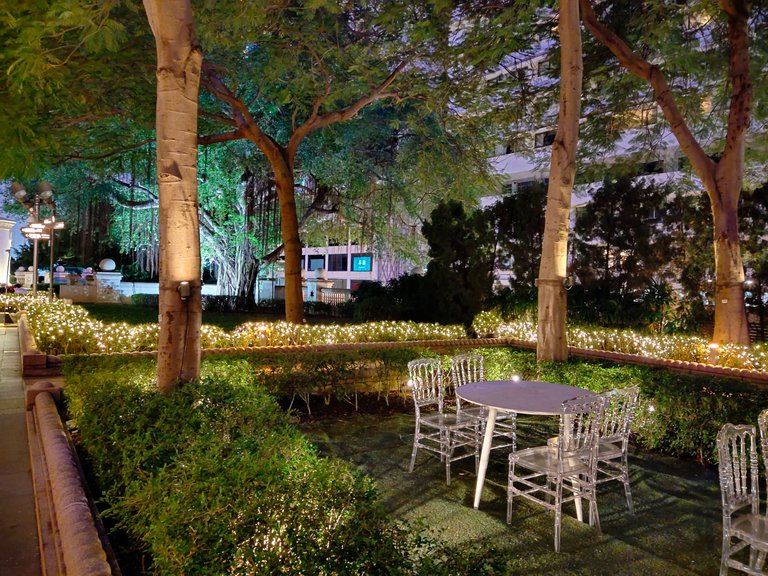
Originally, the main building was just similar to the stable block which consists of two stories, but was later renovated and added extra stories.
This 60,400 sq ft historic landmark truly has perfect backdrops for photoshoots, and it always transforms into a wondrous land, especially during the Christmas season and Chinese New Year.
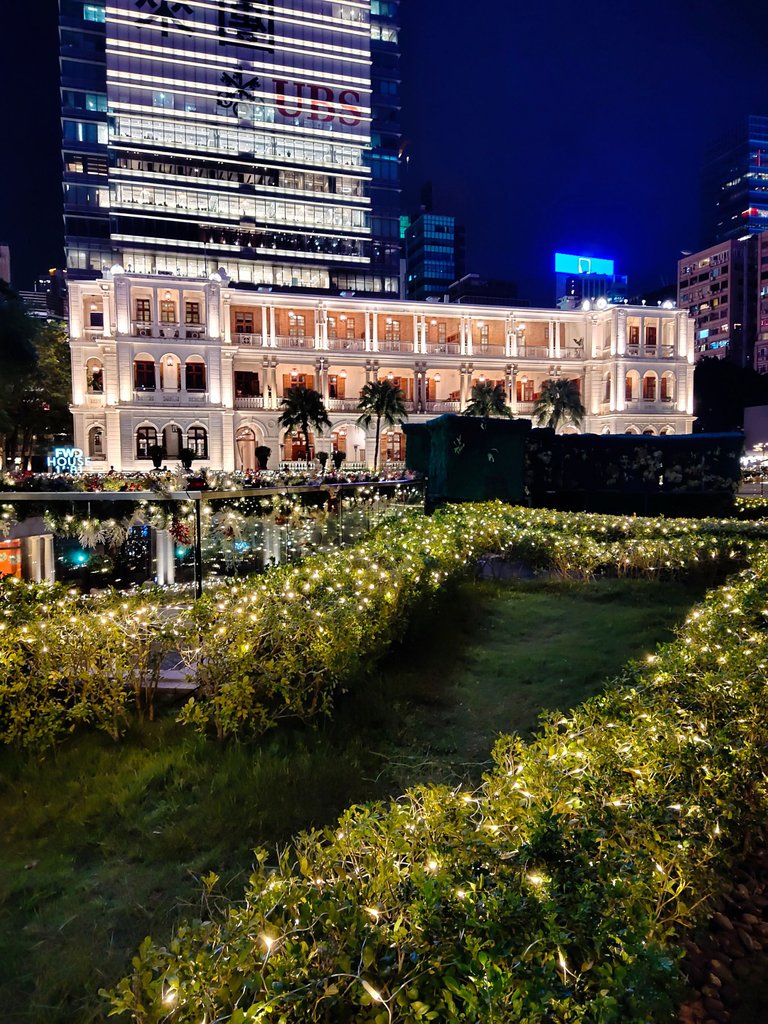
There are plenty of lights and wreaths lining the rails and throughout the grounds. So people usually visit this place not to shop, but to take photos, lol. You will definitely like the fine dining restaurants here but expect the high menu prices.
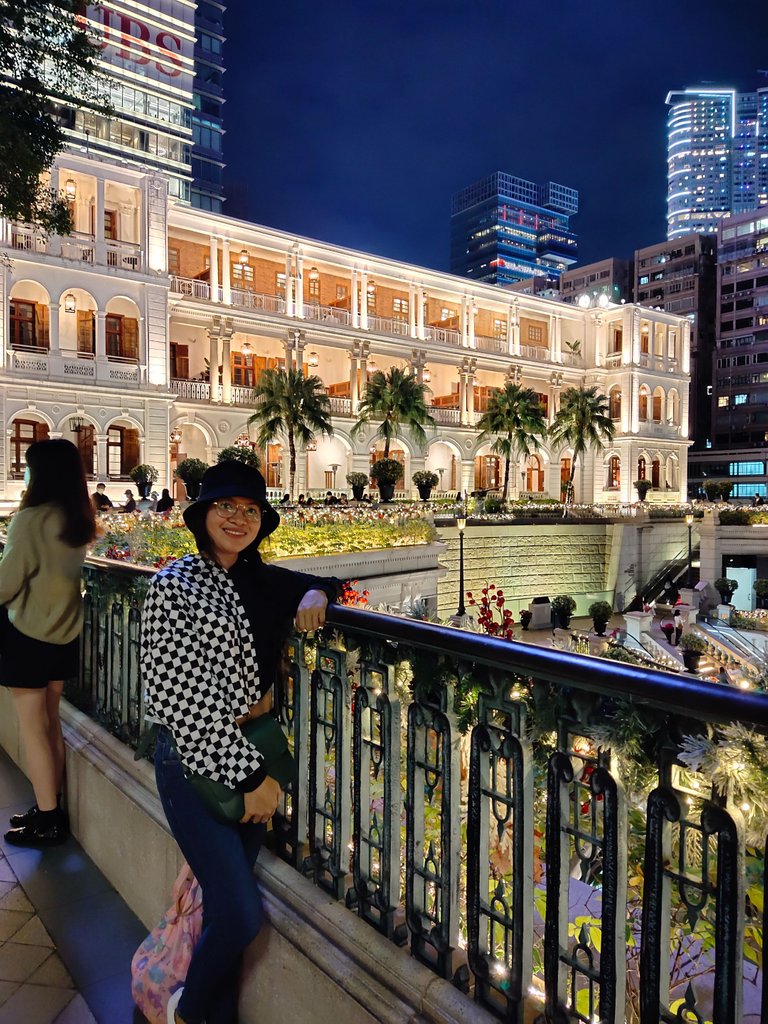
Here are some photos that were taken last December in this place.
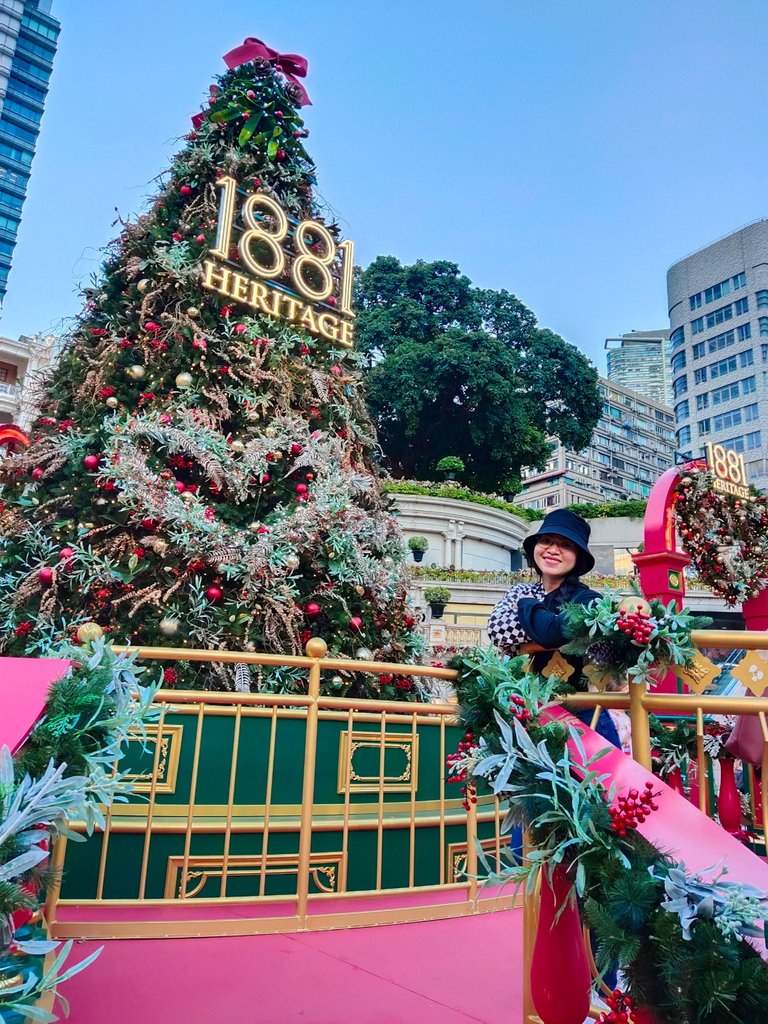
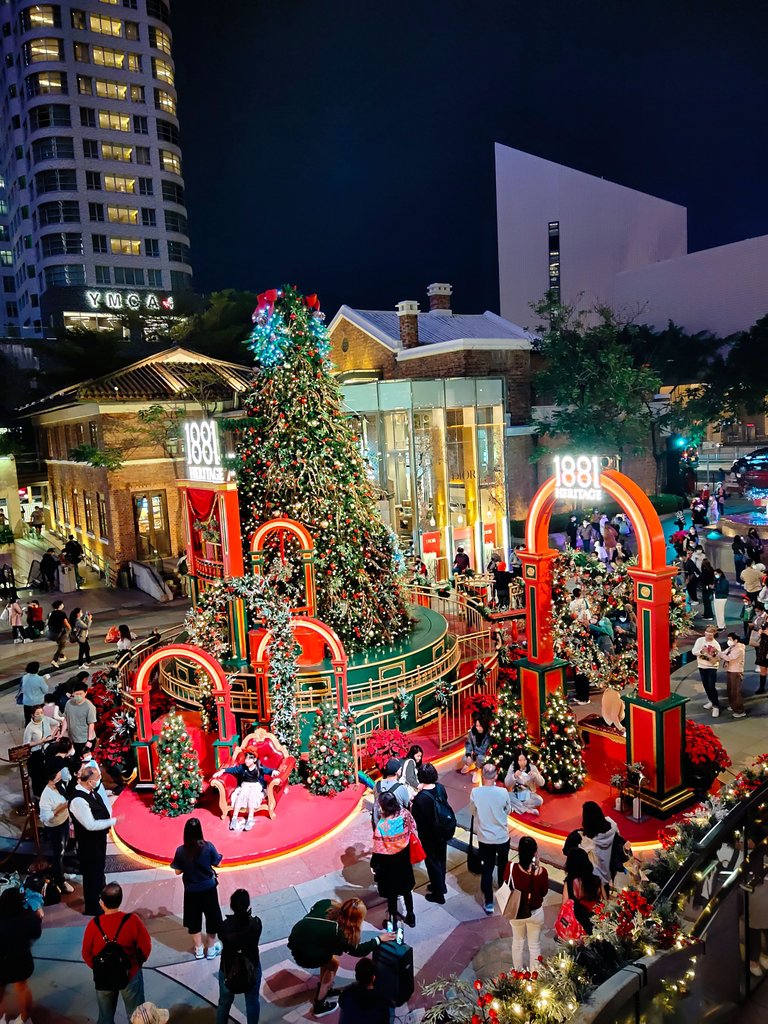 | 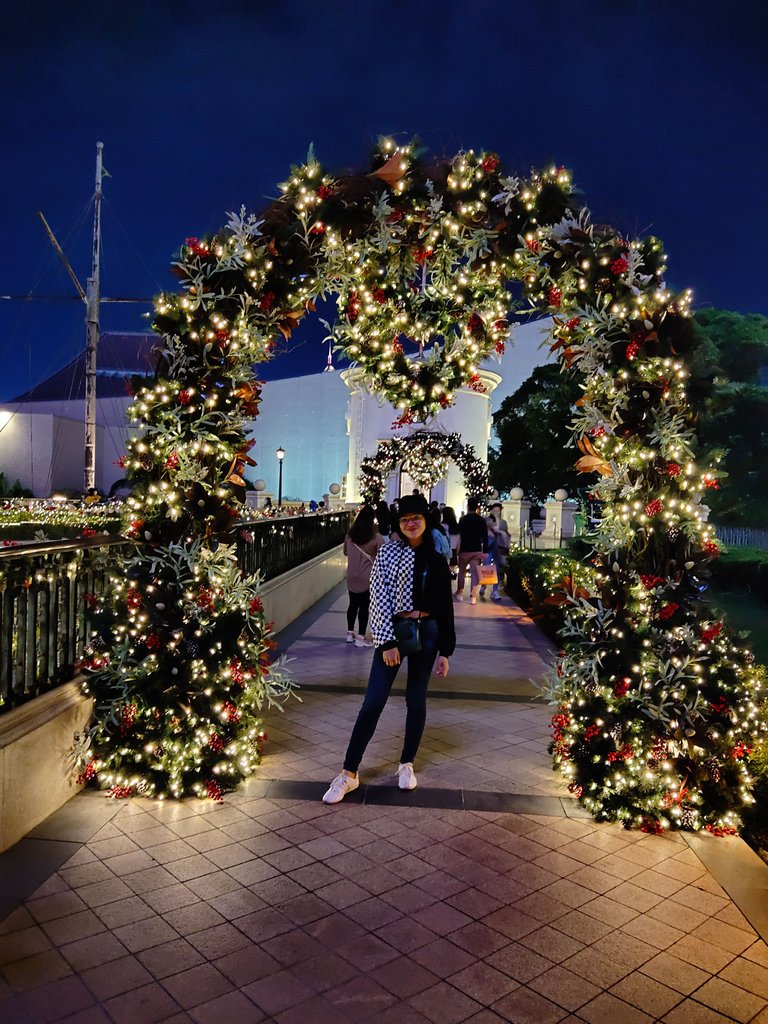 |
|---|
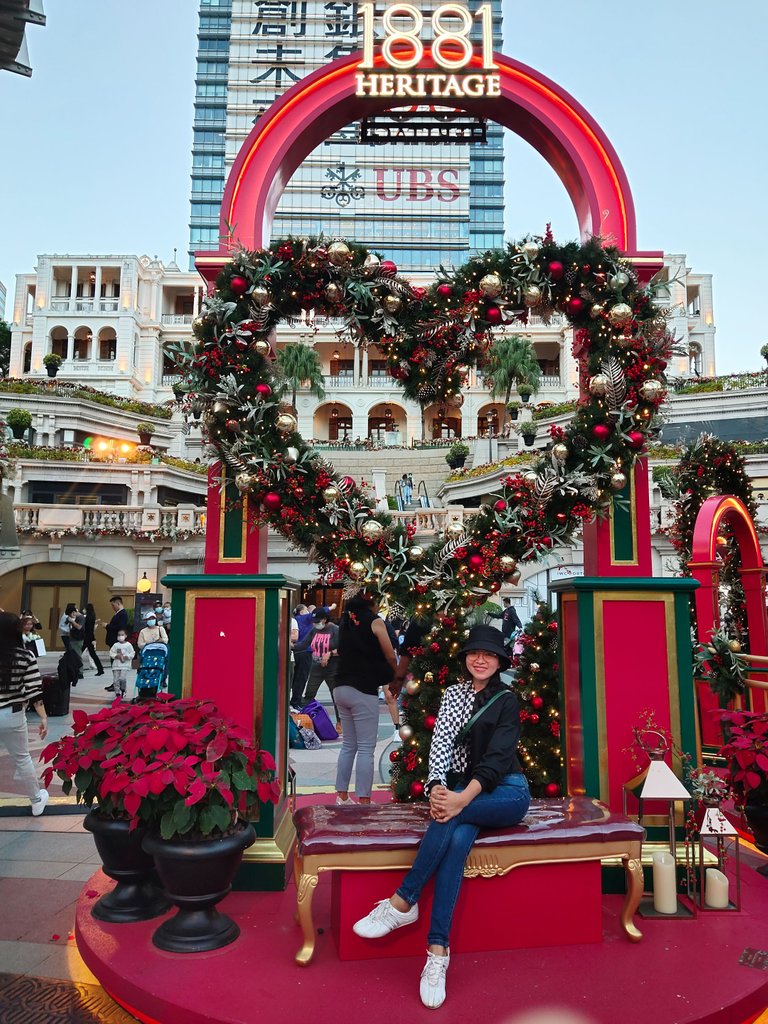 |  |
|---|
Not just the architecture is stunning, as well as the displays and decorations. There's a shopping arcade for branded items too. Since this place is open to the public, the courtyard is a perfect place to have a rest after roaming around the city.
If you want to visit this place, it is accessible from all parts of Hong Kong via MTR (train station). Alight at Tsim Sha Tsui station and take Exit E. You'll need to walk through a subway for a few minutes to this house. It's easy to spot after you got out of the subway as it is just located along the highway. There are other MTR exits too that could lead to this house.
That concludes my travel blog for today. Thanks for stopping by.


Join her on her quest for self-discovery and wanderlust. If you like her content, don't hesitate to upvote, drop a comment, reblog, and follow for more wonderful adventures. |
|---|
You can also reach me on my socials and let's be connected:




